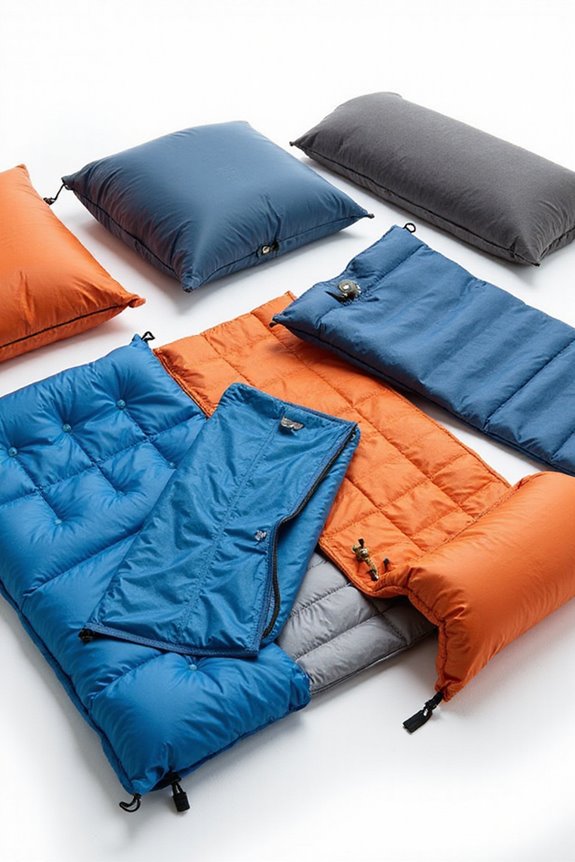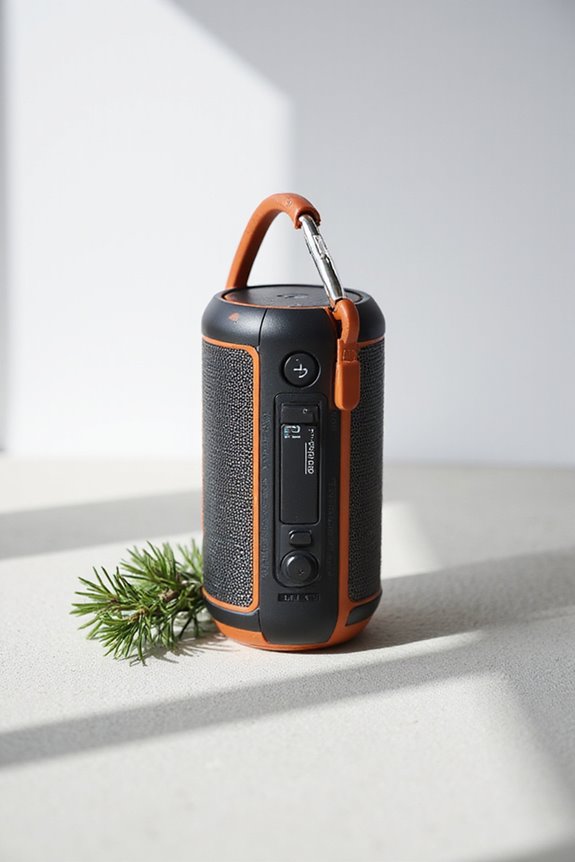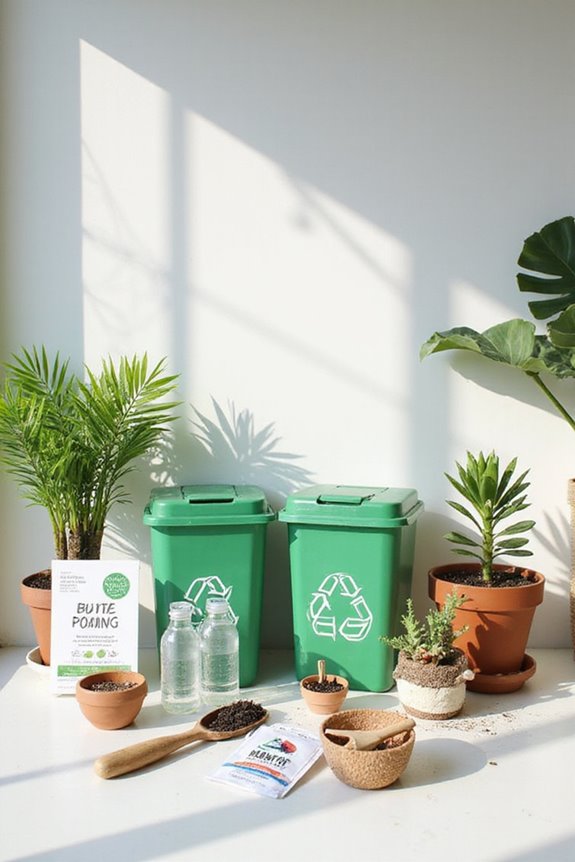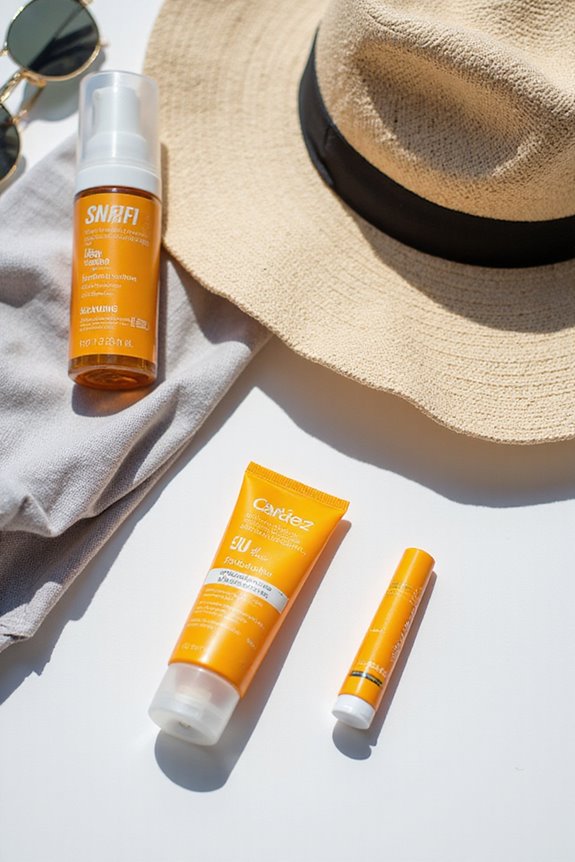When picking a sleeping pad for backpacking, consider what fits your adventure style. Air pads, like the Therm-a-Rest XTherm NXT, offer airy comfort and compactness, while sturdy foam pads guarantee no deflation worries. Aim for 2-3 inches thick for side sleeping comfort. Don’t forget to check the R-value for warmth. Lightweight options, like the Nemo Tensor Elite, are perfect for minimalist trips, but heavier ones provide more coziness. Stick around to discover tips on durability and maintenance!
Key Takeaways
- Consider the sleeping pad type: air pads offer comfort, while foam pads provide durability and zero deflation risk for rugged trails.
- Evaluate the R-value for insulation; choose a higher value for colder conditions and a lower value for warmer seasons.
- Look for a thickness of 2–3 inches if you’re a side sleeper for better cushioning and comfort during the night.
- Prioritize weight and portability; ultralight options are best for minimalist adventurers, while heavier models offer more comfort.
- Assess durability and maintenance needs; foam pads need little upkeep, whereas inflatable pads require careful handling to avoid punctures.
Understanding Different Types of Sleeping Pads
When it comes to choosing the right sleeping pad for backpacking, one can find a delightful array of options that cater to different needs and preferences. Among these, air pads stand out, boasting advantages like being incredibly lightweight and compact, often rolling down to the size of a water bottle. For example, the Therm-a-Rest XTherm NXT offers an impressive R-value of 7.3, perfect for colder nights. On the other hand, foam pads, while less comfortable, shine with their durability and zero deflation risk, making them reliable companions on rugged trails. Whether opting for the luxurious feel of an air pad or the steadfastness of a foam pad, each choice brings unique benefits that can enhance any backpacking adventure.
Evaluating Comfort Factors
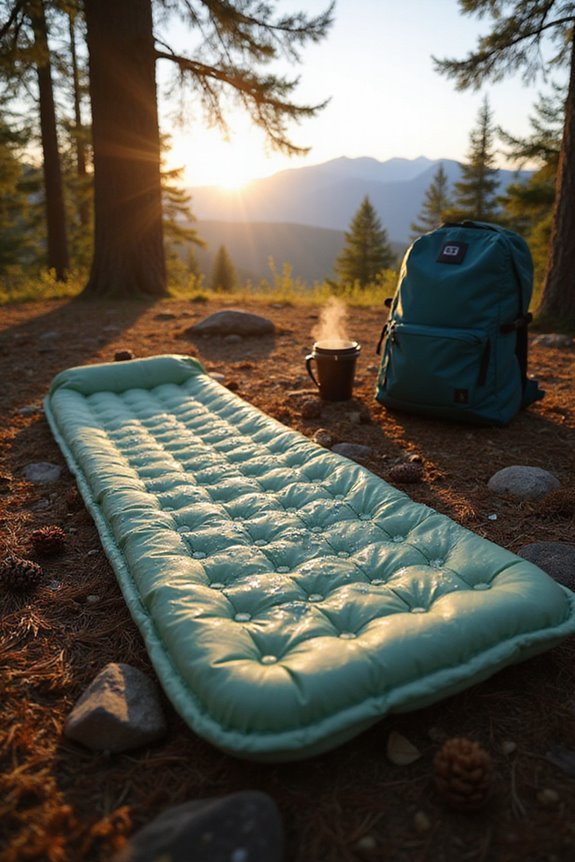
Choosing the right sleeping pad can feel a bit like traversing a maze, especially when comfort is at stake. A thickness of 2–3 inches is usually recommended for those cozy nights under the stars, particularly for side sleepers who need a bit more cushioning. Materials matter too; air and self-inflating pads generally win over closed-cell foam pads in the comfort department. Look for pads with molded surfaces designed to enhance your experience and reduce slipping—no one wants to wake up sliding off their pad! Additionally, consider the inflation methods; those that inflate easily can cut setup time in half, letting you enjoy the great outdoors faster. Ultimately, personal reviews can guide you to that perfect blend of comfort and practicality.
Assessing Warmth and Insulation
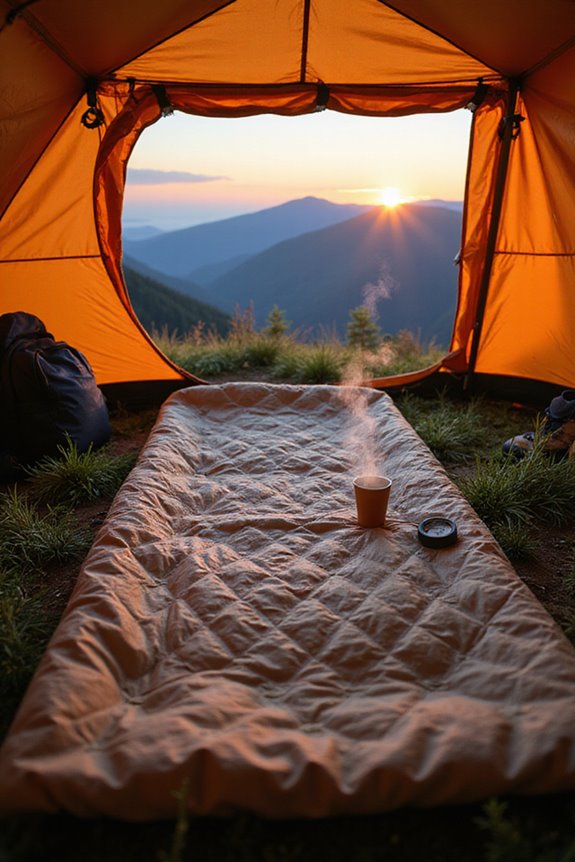
Comfort is just one piece of the puzzle when it comes to a good night’s sleep in the great outdoors; warmth and insulation play a starring role too. When choosing a sleeping pad, understanding R-Value comparison is essential. This value measures how well a pad resists heat flow, with higher numbers indicating better insulation. For instance, an R-value above 5.5 is perfect for extreme cold, while lower values suit warmer seasons. Different insulation materials, like foam, down, or synthetic, each offer unique benefits. Some pads, like the Therma-Rest NeoAir XTherm NXT, feature advanced technologies that reflect heat, ensuring a cozy night. Ultimately, a solid pad not only keeps the cold at bay but also enhances overall camping comfort!
Considering Weight and Portability
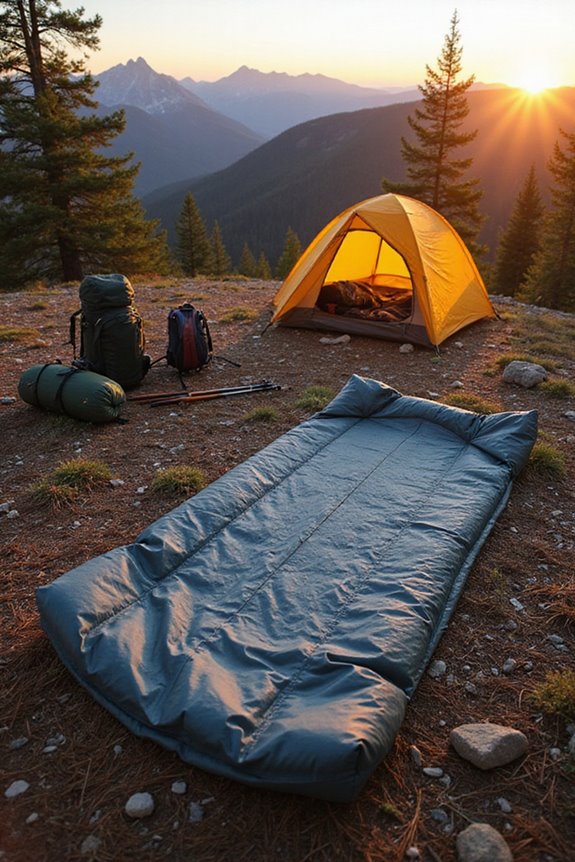
For many backpackers, the quest for the perfect sleeping pad boils down to a delicate dance between weight and portability. Lighter pads, like the ultralight Nemo Tensor Elite at just 8.5 oz, are a dream for minimalist adventurers, while heavier models, such as the Nemo Quasar, provide plush comfort, but at the cost of being less portable. The right weight materials can make all the difference, with options like 30-denier fabric enhancing portability. Compact designs, like the Switchback sleeping pad, fit snugly in backpacks, making them easy to carry. Stuff sacks and compression straps can further streamline the process, allowing hikers to focus on what really matters—enjoying the great outdoors without feeling weighed down by gear.
Examining Durability and Maintenance
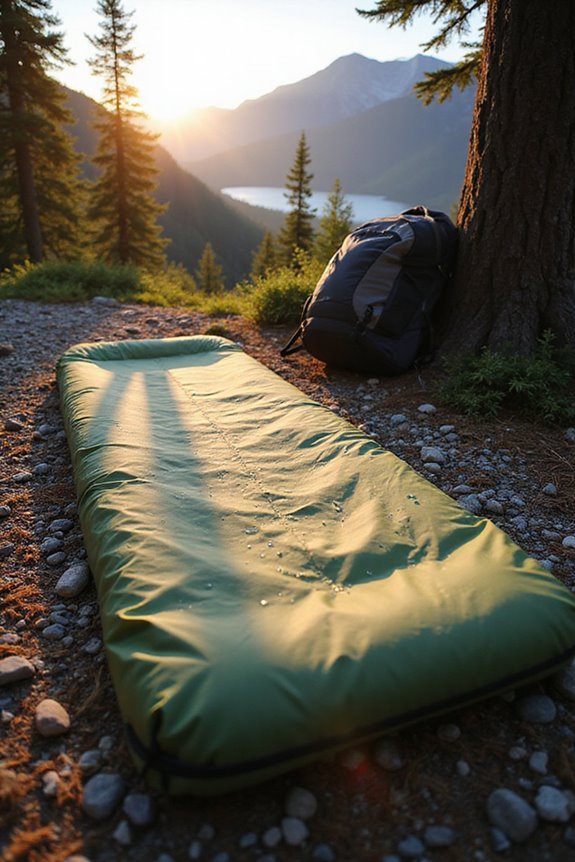
When it comes to choosing a sleeping pad, durability and maintenance play a significant role that many backpackers might overlook amid the weight and comfort debate. Closed-cell foam pads are tough as nails, resisting punctures and moisture, making them perfect for rocky trails. In contrast, inflatable pads offer comfort but require careful handling and regular maintenance tips, like using patch kits for leaks. Backpackers often find that foam pads need little upkeep—just toss them in your pack and go! However, air pads benefit from pump sacks to ease valve wear. Ultimately, choosing between foam vs inflatable boils down to your adventure style; if you’re tackling rough terrain, foam might just be your best friend!
Frequently Asked Questions
How Do I Properly Inflate and Deflate My Sleeping Pad?
To properly inflate and deflate a sleeping pad, one should utilize various inflation techniques like manual or self-inflation. For deflation methods, opening the valve and rolling the pad guarantees efficient air release and packing.
Can I Use a Sleeping Pad for Camping as Well?
Sleeping pads designed for camping can considerably enhance sleeping comfort. Many camping pads provide insulation and durability, making them suitable for various conditions, thereby serving both casual campers and backpackers effectively in their outdoor endeavors.
What Should I Do if My Pad Has a Leak?
When encountering a leak, one should utilize various repair techniques such as cleaning the area and applying emergency patches. Proper inspection and maintenance can prevent future leaks, ensuring a reliable sleeping pad for outdoor adventures.
How Do I Clean My Sleeping Pad Effectively?
Effective cleaning methods for a sleeping pad involve using a damp cloth with mild soap, avoiding harsh detergents, and air-drying it completely. Maintenance tips include regular inspections, spot cleaning, and proper storage to prevent damage.
Are There Sleeping Pads Specifically for Side Sleepers?
Like a gentle embrace, side sleepers seek pads that cradle their bodies, ensuring comfort. Options abound, featuring extra padding and insulation, designed to alleviate pressure and enhance restful nights under the stars, transforming sleep into a dream.

